Entertainment
Zakir Khan Becomes First Indian to Perform in Hindi at New York’s Madison Square Garden, Receives Standing Ovation
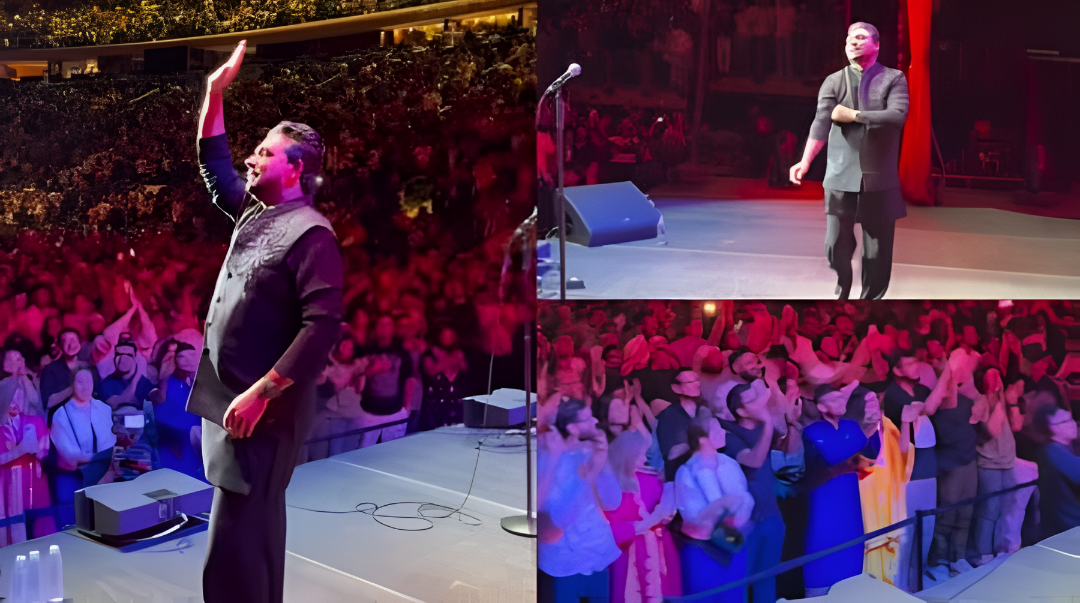
In a proud moment for Indian comedy, Zakir Khan has etched his name in history by becoming the first Indian stand-up comedian to perform entirely in Hindi at the legendary Madison Square Garden (MSG) in New York. Known for his heartwarming storytelling and signature “sakht launda” persona, Zakir performed to a sold-out crowd of 6,000 people, proving that humor has no language barriers.
Zakir’s Historic Performance
At just 37, Zakir Khan has reached a career-defining milestone that many international comedians aspire to. His performance at MSG was part of his ongoing North America Tour, which has already witnessed packed venues across Canada and the US. For fans in New York, the show was extra special—not just for the humor but also for the pride of seeing Hindi comedy dominate one of the world’s most iconic stages.
During the nearly two-hour performance, Zakir kept audiences engaged with his signature mix of personal anecdotes, sharp wit, poetry, and emotional storytelling. The audience erupted in laughter throughout and rose to their feet with a thunderous standing ovation, marking a historic night not just for Zakir, but for Indian stand-up as a whole.
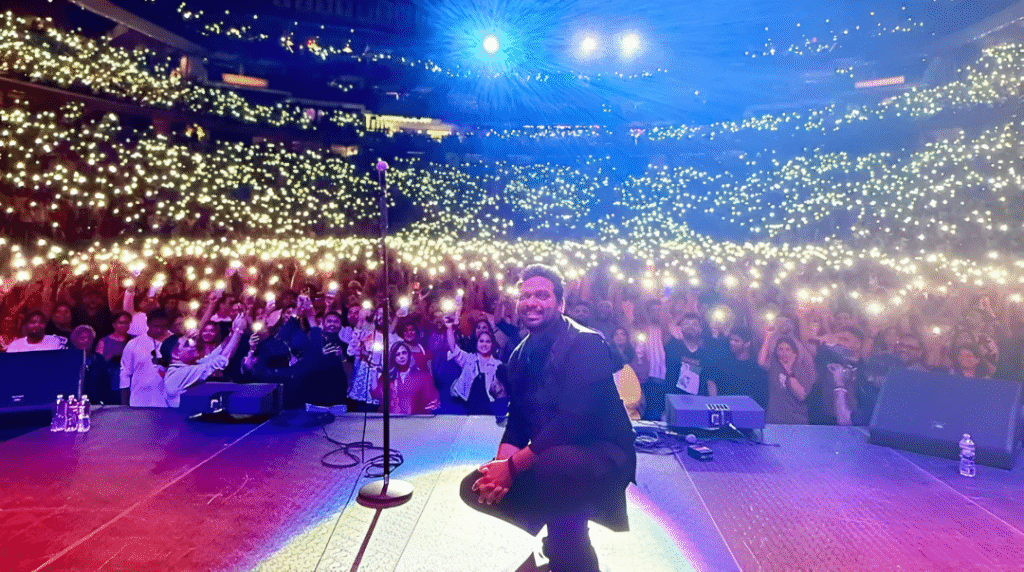
Celebration on Social Media
Soon after the performance, Zakir’s brother Zeeshan Malang shared an emotional video clip from the venue, capturing the standing ovation moment. He praised Zakir’s journey and captioned the clip with pride: “A standing ovation from @thegarden to Times Square New York takeover — bhai is unstoppable.”
The video quickly went viral on Instagram and X (formerly Twitter), drawing applause from fans and fellow comedians alike. Vir Das, who himself has performed at major international venues, congratulated Zakir saying, “congratulations brother!” Meanwhile, Munawar Faruqui expressed his excitement by commenting, “Goosebumps… what a legacy zindabad.” Comedian Samay Raina summed it up in one word: “Historic.”
Hasan Minhaj Calls It a Global Milestone
Adding to the significance of the evening, Indian-origin American comedian Hasan Minhaj joined Zakir Khan on stage. Minhaj described the performance as “a historic night for comedy around the world.” In an Instagram post, he wrote:
“Last night I got to see my brother Zakir Bhai become the first comedian in history to headline @thegarden entirely in Hindi. He combines storytelling and poetry in ways that are elevating the genre of comedy to places I’ve never seen before. I also think my parents love him more than me (I’m okay with that).”
Minhaj’s words reflect how Zakir’s storytelling style—rooted in Indian cultural nuances yet universally relatable themes—has resonated far beyond language and geography.
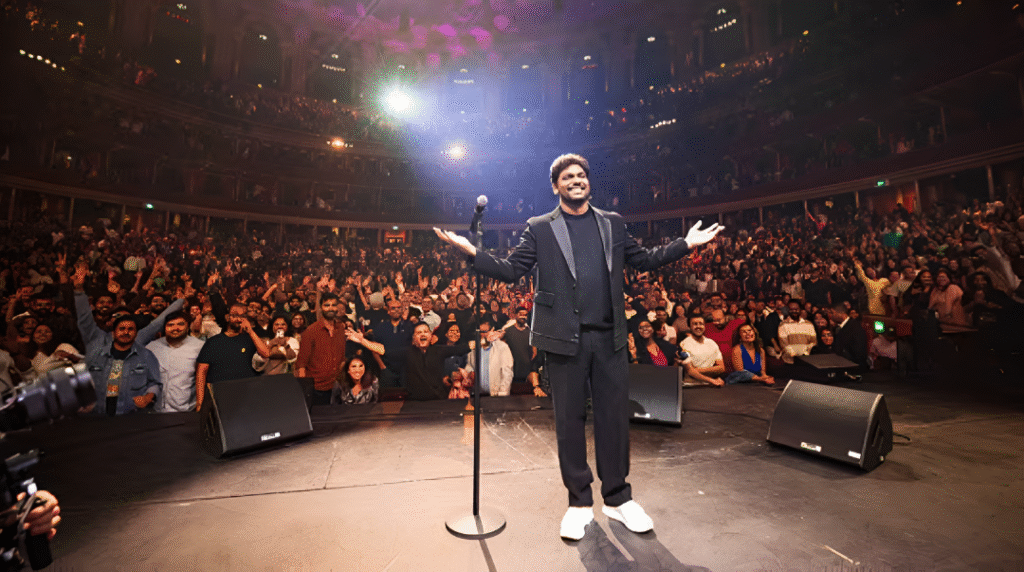
From Indore to the World Stage
Zakir Khan’s journey from a middle-class family in Indore to headlining Madison Square Garden is nothing short of inspirational. Best known for his specials like “Mannpasand”, “Kaksha Gyarvi”, and “Haq Se Single”, Zakir carved a niche for himself by staying true to his roots, performing in Hindi, and blending humor with poetry and philosophy. Unlike many comedians who switch to English for international audiences, Zakir’s decision to perform entirely in Hindi at MSG highlights his confidence in the global reach of Indian culture.
What This Means for Indian Comedy
Zakir’s achievement is being hailed as a watershed moment for Indian stand-up. While Vir Das was the first Indian comic to win an International Emmy for his work, Zakir’s MSG performance proves that regional and native-language comedy can thrive on global platforms. His success opens doors for other Indian comedians to dream bigger and perform authentically without diluting their cultural essence.
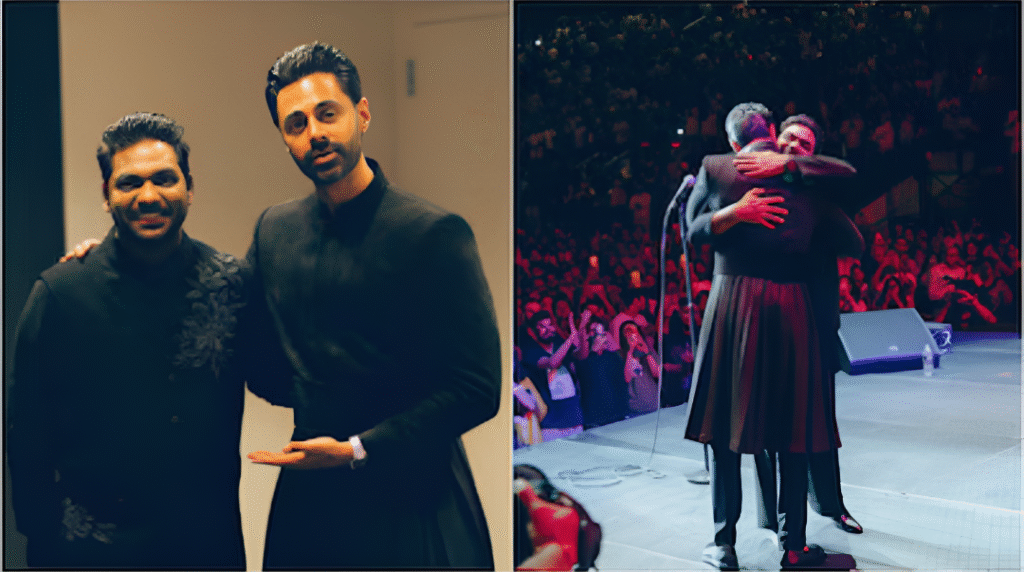
As one fan on X put it: “From YouTube videos to Madison Square Garden — Zakir Khan has shown us that Hindi jokes can echo across the world.
A Dream Realized for Hindi Comedy Fans
For millions of Indians living abroad, Zakir Khan’s MSG performance was more than just a comedy show—it was a moment of cultural pride and nostalgia. Many attendees shared on social media that hearing jokes in Hindi on such a grand international stage made them feel a deep connection to home. Some even described the experience as “watching India take over New York for one night.” This emotional connection explains why Zakir’s style of comedy continues to resonate with audiences of all ages, across borders.
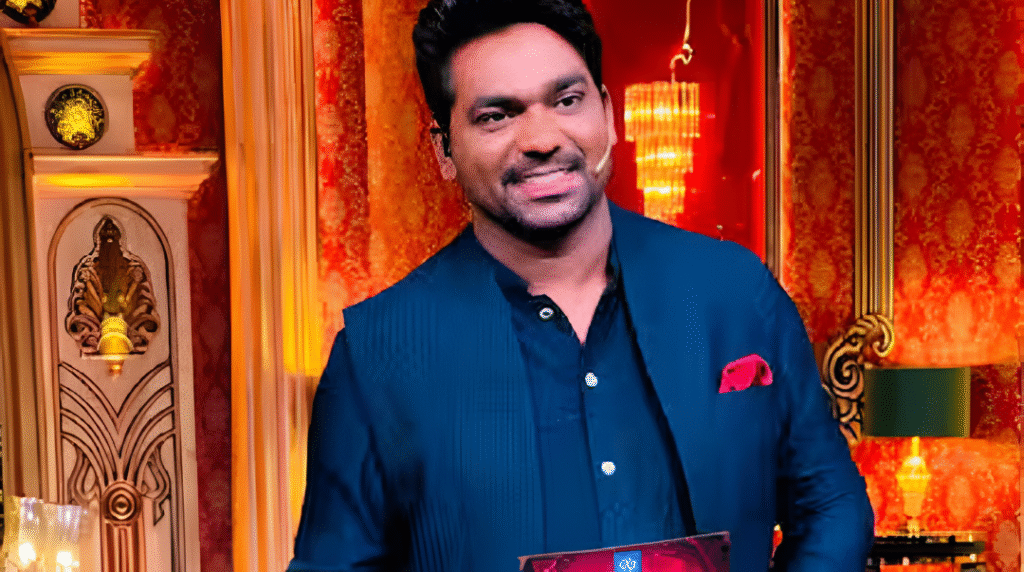
What’s Next for Zakir Khan
Following this milestone, Zakir Khan is expected to continue his North America tour with shows in Chicago, Toronto, and Los Angeles, before wrapping up with a special performance in London. Industry insiders suggest that Zakir might also turn this MSG show into a global streaming special, potentially making it available to millions who couldn’t attend. If that happens, the performance could further cement his position as one of the most influential comedians not just in India, but worldwide.
Entertainment
🎤 Enrique Iglesias India Tour 2025: Mumbai Concert Date, Venue, Ticket Prices & What to Expect

Get ready, Mumbai — the wait is finally over! After 13 long years, global pop sensation Enrique Iglesias returns to India for a high-octane live concert at the MMRDA Grounds, Bandra Kurla Complex (BKC), on Wednesday, October 29, 2025.
The multi-Grammy Award-winning artist, best known for timeless hits like Hero, Bailamos, and Escape, is set to kick off his India Tour 2025 with a grand opening in Mumbai before heading to other Asian destinations.
The concert promises unmatched nostalgia, Latin rhythm, and chart-topping pop anthems that defined an era of music for millions of fans.
📅 Enrique Iglesias Mumbai Concert 2025 – Key Details
| Category | Details |
|---|---|
| Date | Wednesday, October 29, 2025 |
| Venue | MMRDA Grounds, Bandra Kurla Complex (BKC), Mumbai |
| Gates Open | 4:00 PM IST |
| Opening Acts | Jonita Gandhi, Progressive Brothers |
| Main Performance | Enrique Iglesias (starting around 8:00 PM) |
| Expected Show Duration | Approx. 2.5 hours |
| Organizer | BookMyShow Live & Live Nation India |
| Tickets | ₹7,000 (General), ₹14,000 (VIP), limited platinum packages available |

🎶 What to Expect from Enrique’s 2025 India Tour Performance
Fans can look forward to an electrifying mix of romantic ballads, Latin-pop classics, and club hits — blending nostalgia with the artist’s signature charisma.
Based on Enrique’s recent setlists from his European and Latin American tours, these songs are likely to feature:
- Bailamos
- Hero
- Escape
- Be With You
- Rhythm Divine
- Tonight (I’m Lovin’ You)
- I Like It
- Takin’ Back My Love
- Subeme La Radio
- Move to Miami
The concert’s stage design, LED backdrops, pyrotechnics, and live band arrangements are expected to mirror the Enrique Iglesias World Tour 2024, ensuring an international concert experience for Indian audiences.
💃 Special Opening Acts: Indian Artists Add Local Flavor
Before Enrique takes the stage, fans will be treated to opening acts from Indian stars:
- 🎤 Jonita Gandhi, the Indo-Canadian playback singer known for her powerhouse vocals and Bollywood hits (The Breakup Song, Arabic Kuthu).
- 🎧 Progressive Brothers, one of India’s most popular DJ duos, known for blending EDM with Bollywood remixes.
Their performances are expected to kick off around 6:30 PM, setting the mood for the evening.
🌟 Why This Show Is Extra Special
This concert marks Enrique Iglesias’s return to India after 13 years, since his last performance in Pune (2012) — a show that drew thousands of fans and became one of India’s most memorable international pop events.
For many fans, this 2025 concert represents:
- A once-in-a-generation experience of seeing one of pop’s biggest icons live again.
- A nostalgic journey through early-2000s pop culture and love ballads.
- A symbol of India’s growing place on the global music tour map, alongside acts like Coldplay, Ed Sheeran, and Post Malone.
🕺 Fan Buzz: Mumbai Gears Up for the Big Night
Excitement has taken over social media, with fans using hashtags like #EnriqueInMumbai, #EnriqueIndiaTour, and #HeroReturns to share their anticipation.
Queues outside the venue began forming early in the morning, and ticket resale platforms report near sellouts.
Celebrities and influencers including Farhan Akhtar, Malaika Arora, and Shahid Kapoor are also expected to attend the event, making it one of the biggest music nights of 2025 in India.
🧭 Tips for Fans Attending the Concert
To make the most of your evening, here are a few pro tips:
- Arrive Early: Reach the venue by 4 PM to avoid long entry queues.
- Carry Essentials: Valid ID, digital ticket, portable charger, and a water bottle (if allowed).
- Follow Security Guidelines: No large bags, outside food, or professional cameras.
- Transport: Use ride-hailing apps or Bandra Kurla Complex shuttle services; parking is limited.
- Stay Hydrated & Comfortable: Mumbai’s humidity can be high, so plan accordingly.
🌍 Enrique Iglesias – India Tour 2025 Schedule (Tentative)
After the Mumbai show, sources indicate possible additional performances in:
- New Delhi – Indira Gandhi Indoor Stadium (TBD)
- Bengaluru – E-Zone Grounds (TBD)
However, official confirmation from Live Nation India is awaited.
🎤 About Enrique Iglesias
Often hailed as the “King of Latin Pop,” Enrique Iglesias has sold over 180 million records worldwide, won Grammy and Latin Grammy Awards, and scored more than 80 number-one hits across Billboard charts.
Known for his passionate performances and magnetic stage presence, Enrique’s influence extends beyond music — his collaborations with artists like Pitbull, Jennifer Lopez, and Bad Bunny have shaped modern Latin-pop and dance music.
📅 Summary: Key Facts at a Glance
| Feature | Details |
|---|---|
| Performer | Enrique Iglesias |
| Tour Name | India Tour 2025 |
| City | Mumbai |
| Venue | MMRDA Grounds, Bandra Kurla Complex |
| Date | October 29, 2025 |
| Opening Acts | Jonita Gandhi, Progressive Brothers |
| Expected Setlist | Hero, Escape, Bailamos, Tonight (I’m Lovin’ You) |
| Ticket Prices | ₹7,000 – ₹14,000 |
| Organizer | Live Nation India |
| Last India Visit | 2012 (Pune Concert) |
Entertainment
Netflix Unveils First Look Motion Poster of Mythological Epic Kurukshetra | Release Date Revealed
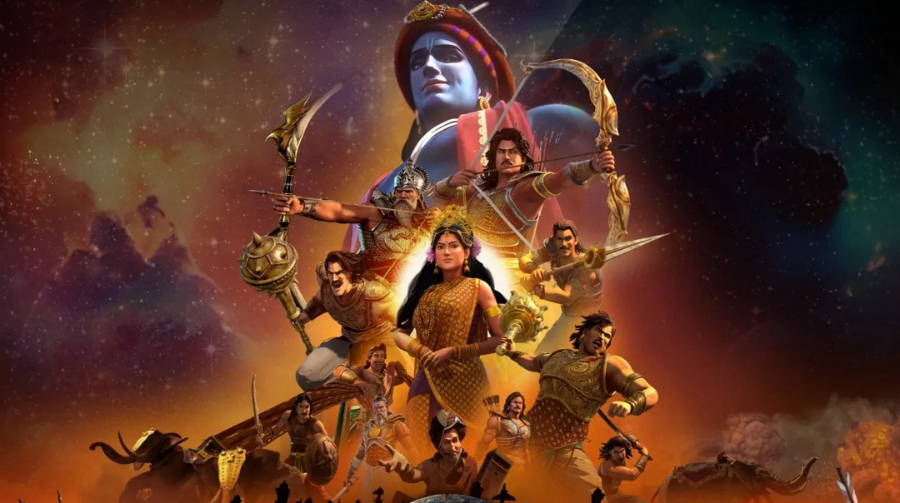
Streaming giant Netflix has announced its upcoming animated mythological series Kurukshetra, inspired by the timeless Indian epic Mahabharata. The platform revealed the first look motion poster of the series on social media, sparking excitement among fans.
A Fresh Take on Mahabharata
Unlike traditional retellings, Kurukshetra offers a unique narrative lens. The story unfolds through the perspectives of 18 key warriors, exploring not only their battlefield heroics but also their inner conflicts, personal rivalries, and moral dilemmas.
The epic war of Kurukshetra — a clash between dharma (righteousness) and adharma (unrighteousness) — will be reimagined for modern audiences, blending mythology with powerful visual storytelling.

Release Date and Production Details
- Release Date: October 10, 2025
- Format: Animated Mythological Series
- Creator: Anu Sikka
- Producers: Alok Jain, Anu Sikka, Ajit Andhare (Tipping Point Production)
- Writer & Director: Ujjan Ganguly
- Lyricist: Gulzar
The involvement of veteran poet Gulzar in penning the series’ lyrical elements adds a touch of poetic grandeur to the narrative.
Netflix Announcement
Netflix India shared the first look motion poster with the caption:
“Shankhnaad ke sath arambh hoga dharm aur adharm ka mahayudh. Watch Kurukshetra, out 10 October, only on Netflix.”
Fans quickly filled the comments section with enthusiasm. Reactions ranged from “Omgggg Finallyyyyy” to “Waiting,” highlighting the strong anticipation for this epic adaptation.
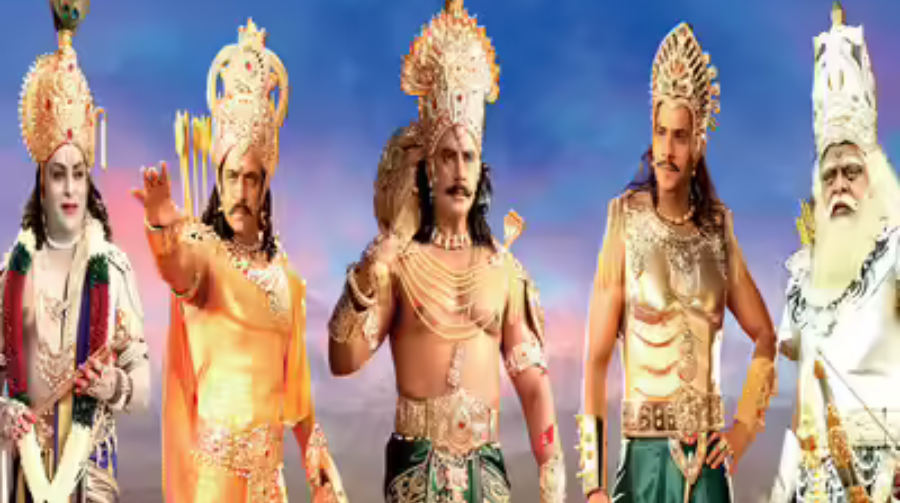
Creator’s Vision
Speaking about the project, Anu Sikka, the creator, said:
The creators emphasized that the show aims to make this layered and complex epic accessible to both Indian and global audiences in a visually stunning, rich new format.
Why Kurukshetra Matters
- Global Appeal: Mahabharata’s universal themes of duty, morality, and destiny resonate beyond India.
- Fresh Format: An animated retelling makes the story engaging for younger audiences while retaining depth for adults.
- Creative Team: With Gulzar’s lyrical artistry and Netflix’s production scale, the series promises both grandeur and authenticity.
Bollywood
Who Was the First Actor to Play Lord Krishna on Screen?

Lord Krishna remains one of the most cherished figures in Hindu mythology — a symbol of wisdom, love, mischief, and divinity. From epic texts like the Mahabharata and Bhagavata Purana, Krishna has found his way into every art form: painting, dance, theater, and eventually cinema. With Indian cinema itself born in mythological roots, it was only natural that Lord Krishna became one of the earliest gods to be portrayed on screen.
But who exactly was the first actor to play Krishna on film? To answer this, we need to revisit the early days of Indian cinema, starting with Dadasaheb Phalke, the father of Indian films.
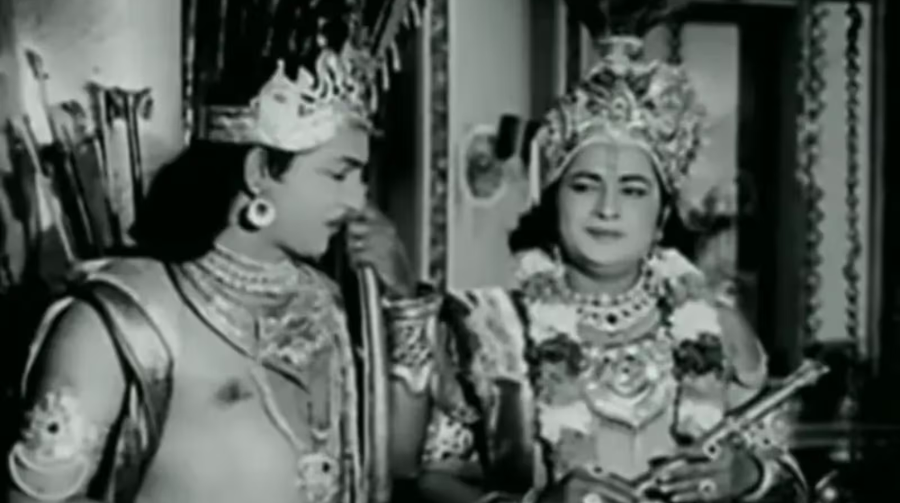
Mythology and the Birth of Indian Cinema
In 1913, Phalke released “Raja Harishchandra,” the first full-length Indian feature film. Its success encouraged more filmmakers to adapt mythological tales, as audiences were deeply connected with epics and Puranas.
Unlike modern cinema, where romance and action dominate, early Indian films were almost entirely based on gods, saints, and epics. This was because religious and mythological narratives were not only entertaining but also socially acceptable for audiences who were still adjusting to the new medium of film.
The First Screen Krishna: Silent Era (1918–1920s)
The earliest depiction of Lord Krishna came in Phalke’s silent films. Two key movies stand out:
- Krishna Janma (1918) – Focused on the birth of Krishna.
- Kaliya Mardan (1919) – Showcased child Krishna’s legendary victory over the serpent Kaliya.
In a fascinating twist, Phalke cast his own daughter, Mandakini Phalke, as child Krishna in “Kaliya Mardan.” She is, therefore, recognized as the first actor to play Krishna on screen — though as a child.
When it comes to adult portrayals, credit goes to Dattatraya Damodar Dabke, who worked closely with Phalke and acted in his mythological productions. Dabke is remembered as the first adult male actor to embody Krishna on screen.
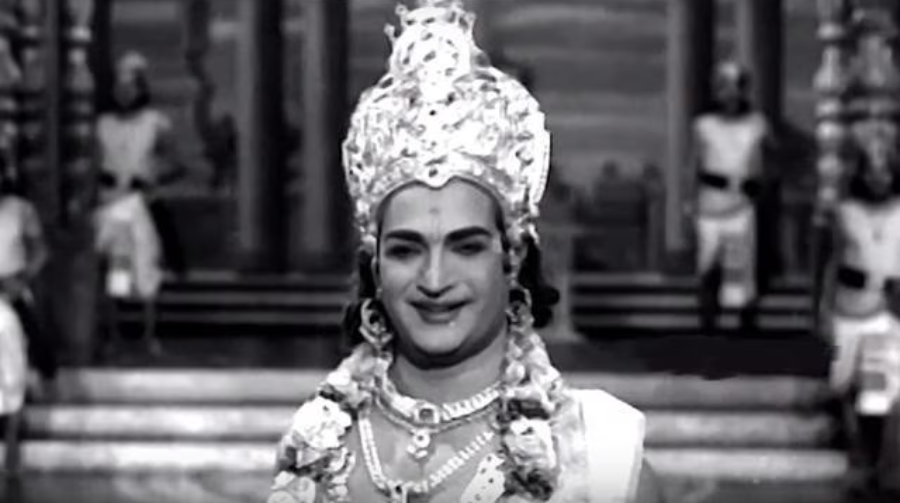
Expanding Krishna’s Cinematic Journey
After the silent era, the 1920s and 1930s saw the rise of talkies (sound films), which further amplified Krishna’s presence on screen. Films such as:
- Nand Kumar (1921)
- Gopal Krishna (1929)
- Krishna Bhakti (1935)
helped solidify Krishna’s role as not just a religious character but also a cinematic hero. These films typically depicted his childhood pranks, Rasleela in Vrindavan, and battles against demons.
Krishna in the Early Talkie Era (1930s–1950s)
With the introduction of sound in Indian cinema, mythological films became even more popular. Krishna’s character could now deliver dialogues, recite verses, and perform bhajans — giving audiences a more immersive devotional experience.
Some notable portrayals during this era included:
- P. G. Sane in Gopal Krishna (1929).
- Ranjan in Krishna Bhakta Sudama (1947).
- Abhi Bhattacharya as Krishna in Mahabharat (1965) — a performance that became a benchmark for cinematic portrayals.
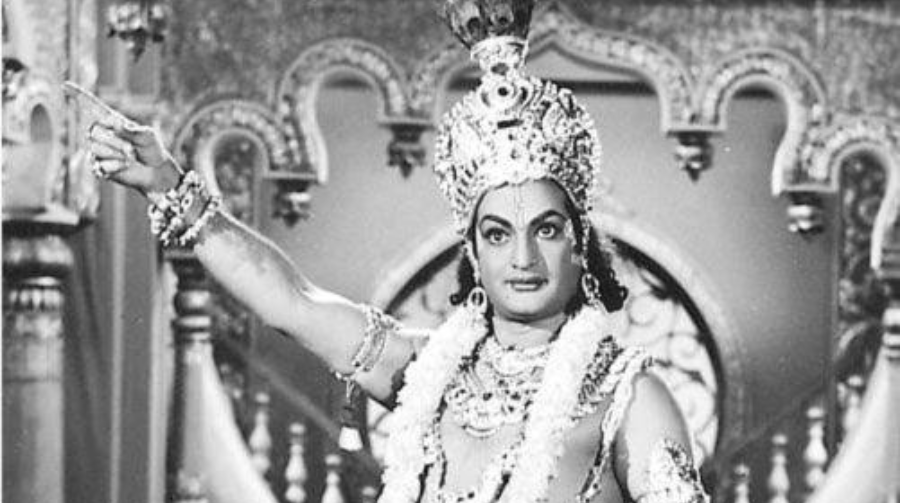
Krishna on Television: A Game-Changer (1980s–1990s)
While films kept Krishna alive, it was television that turned him into a household deity in India.
- B. R. Chopra’s Mahabharat (1988) featured Sarvadaman Banerjee as Krishna. His calm, philosophical portrayal, especially during the Bhagavad Gita sequence, remains iconic.
- Ramanand Sagar’s Shri Krishna (1993) cast Swapnil Joshi (as teenage Krishna) and Sarvadaman Banerjee (as adult Krishna). The show ran for years and was re-telecast during the COVID-19 lockdown, gaining a new wave of popularity.
Television made Krishna more accessible, bringing mythological stories to millions of living rooms across India.
Modern Era and Global Adaptations
Today, Krishna continues to appear on OTT platforms, animated films, and global productions. Animated features like Krishna: Makhan Chor and Little Krishna introduced the deity to children in a fresh, playful format.
Modern actors occasionally revisit Krishna in devotional films or stage productions, but none forget the legacy of the first pioneers from Phalke’s era.
Why Krishna Was an Early Cinematic Choice
Krishna’s early popularity in films was no coincidence. Several reasons explain this:
- Cultural Familiarity – Audiences already loved Krishna’s stories.
- Visual Appeal – Stories of miracles, demons, and divine acts translated well on screen.
- Devotional Connect – Watching Krishna on screen felt like an act of worship for many viewers.
- Political Symbolism – In colonial India, mythological films carried subtle messages of resistance and nationalism.

Timeline of Krishna on Screen
- 1918 – Krishna Janma (first Krishna film, silent era).
- 1919 – Kaliya Mardan – Mandakini Phalke as child Krishna.
- 1929 – Gopal Krishna – adult Krishna in talkies.
- 1947 – Krishna Bhakta Sudama – Krishna’s bond with Sudama portrayed.
- 1965 – Mahabharat film starring Abhi Bhattacharya as Krishna.
- 1988 – B. R. Chopra’s Mahabharat with Sarvadaman Banerjee.
- 1993–1996 – Ramanand Sagar’s Shri Krishna TV series.
-

 Celebrity Lifestyle6 months ago
Celebrity Lifestyle6 months agoEx-Cricketer Shikhar Dhawan Buys Ultra-Luxury Apartment Worth ₹69 Crore in Gurugram
-

 Glamour & Entertainment5 months ago
Glamour & Entertainment5 months agoTelegram Channels Disseminating Pro‑Russian Propaganda in Poland
-

 Crime & Investigation3 months ago
Crime & Investigation3 months agoDelhi Police SI Neetu Bisht Caught Taking ₹20 Lakh Bribe – Shocking Details Emerge in Corruption Probe
-

 Business5 months ago
Business5 months agoAmazon sets 30‑day relocation deadline for corporate staff—opt out by resigning in 60 days
-

 Celebrity Lifestyle5 months ago
Celebrity Lifestyle5 months agoMaha Kumbh Girl Monalisa seen in car allegedly worth ₹1 crore
-

 Entertainment5 months ago
Entertainment5 months agoAbhijeet & Dr Tarika Reunite in CID 2 — Fans Say ‘Clear the Misunderstanding Now
-

 Education5 months ago
Education5 months agoNEET UG Controversy Explained: Paper Leak, Impersonations & Ongoing Probe
-

 Bollywood3 months ago
Bollywood3 months agoNo ₹3 Lakh Fine or 2-Year Jail: The Truth Behind the ‘Hakla’ GIF Buzz




